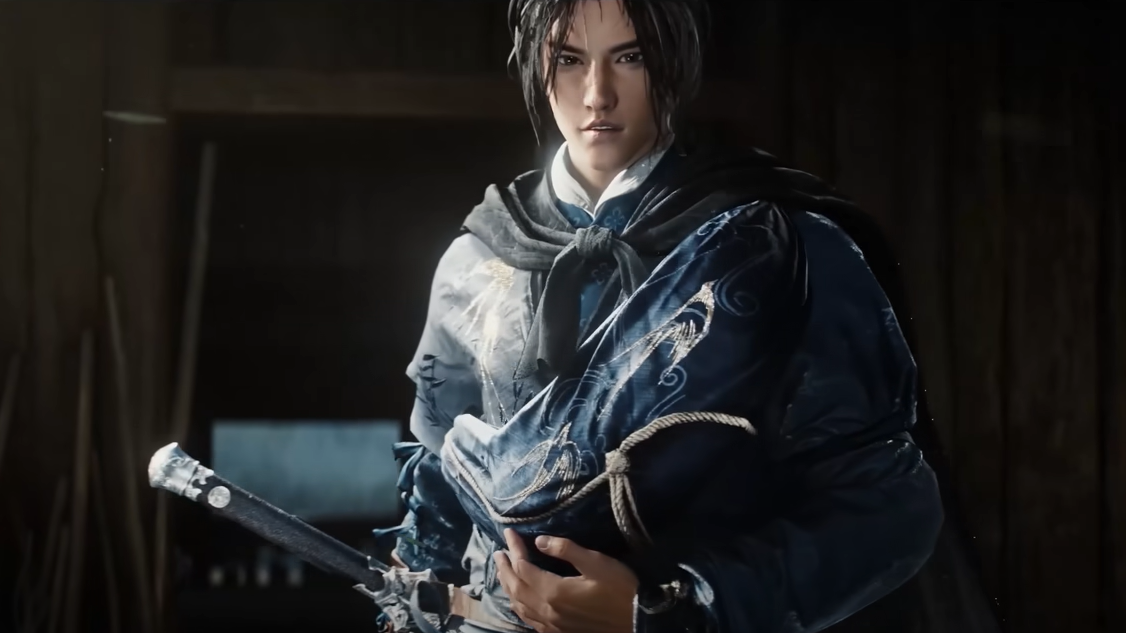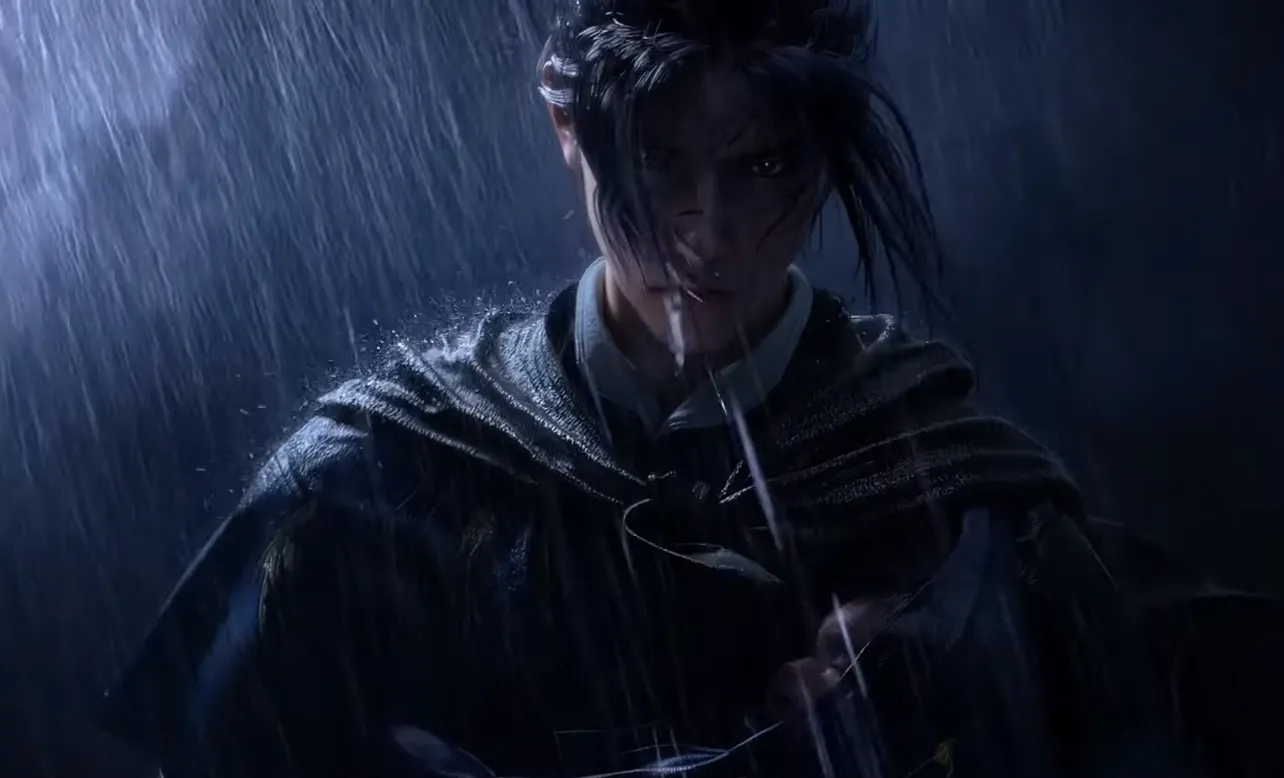Skill Theft in Where Winds Meet is more than a one-off gimmick. It sits at the center of how you expand your toolkit, unlock some of the game’s strongest mystic arts and martial arts, and quietly reshape your build without ever opening a skill book.
What Skill Theft is in Where Winds Meet
Skill Theft is a learning system wrapped in a mini-game. Instead of receiving a skill as loot or a quest reward, you observe someone—or something—performing a technique and “comprehend” it in real time.
In practical terms, Skill Theft lets you:
- Learn Mystic Arts like Tai Chi, Meridian Touch, or Toad Leap by watching them being performed.
- Pick up techniques from NPC masters, animals, or martial art practitioners without formally joining their factions.
- Fill gaps in your build early in the game, especially if you explore Verdant Wilds and Qinghe aggressively.
Success in these encounters often means the difference between a barebones move set and a character with crowd control, mobility, and survivability tools that you otherwise wouldn’t have for many hours.
How the Skill Theft mini-game works
Every Skill Theft encounter plays out as a timing challenge. You are placed in a hidden vantage point while a master or creature cycles through the moves of the technique you’re trying to learn. On screen, you see:
- A Comprehension meter at the bottom that must be filled.
- A timer counting down the observation window.
- Rings appearing around the target as they perform actions.
The core loop is simple:
- Press the Comprehend button when a golden ring appears to gain comprehension and fill the meter.
- Avoid pressing the button on a gray circle since that drains your comprehension.
- Occasionally, several golden rings appear back-to-back; hitting each one grants a larger burst of comprehension.
For keyboard and mouse, the default input is F. On a PlayStation 5 controller, the default is X. Each successful press usually corresponds to one “segment” of the technique—one motion in Tai Chi, for example, or one sub-skill in a more complex martial art.
Fill the Comprehension bar before the timer runs out and the skill is added to your character, followed by an option to practice it. Fail, and you simply repeat the sequence until you succeed.
How to start a Skill Theft sequence
Skill Theft isn’t a menu option. It’s triggered contextually in specific locations or missions tied to techniques and martial arts. The general pattern looks like this:
- You encounter a quest, sentient being, or martial art master that can be learned via Skill Theft.
- A blue circle appears on the ground nearby, marking the observation spot.
- You move into that circle and use Wind Sense to begin the theft.
Some setups are more involved. For example, learning Rope Dart may require using a Disguise skill to infiltrate students or a sect before the Skill Theft circle becomes available. Others happen in the open world when you stumble upon a practitioner drilling their art in a secluded area.
Once the Wind Sense activation kicks in, the game hands you off to the timing mini-game described earlier.
Skill Theft, Mystic Arts, and early-game progression
Your first uses of Skill Theft often revolve around Mystic Arts that dramatically change how your character feels in combat and traversal. Tai Chi can reshape your defensive options, while Mystic Arts like Meridian Touch and Toad Leap shift how you approach positioning and stealth.
Unlocking Touch of Death early in Qinghe’s Volume 1 side stories is especially important if you plan to lean into Skill Theft-driven progression. It lets you silently remove guards while sneaking into martial art sanctums and sect hideouts, where some of the most valuable Skill Theft opportunities live.
These early Mystic Arts learned through Skill Theft become the foundation you then build around with weapons, Inner Ways, and later martial arts pairings.
Where Winds Meet skill theft and martial arts
Skill Theft also connects directly to martial arts—the combat styles tied to specific weapons. Each martial art defines:
- Your basic attack animations for that weapon.
- The set of active skills and abilities on that weapon.
- Its resource loop and role (for example, melee DPS, tank, healer/support).
Most martial arts are not available by default. You can:
- Steal them from their masters via Skill Theft, usually by infiltrating a sanctum or hideout.
- Join the associated sect and earn them as faction rewards.
Stealing martial arts is typically faster and keeps you free of long-term faction commitments. However, sect membership can grant the same art plus additional rewards, so the choice is partly about how you want to roleplay your character in Jianghu.
Table: martial arts unlocked through Skill Theft or sects
| Martial art | Primary weapon type | How to unlock (Skill Theft / sect / other) |
|---|---|---|
| Nameless Sword | Sword | Available by default. |
| Nameless Spear | Spear | Available by default. |
| Strategic Sword | Sword | Skill Theft from the master in Strategic Sword Sanctum. |
| Infernal Twinblades | Twin blades | Skill Theft in Midnight Mercy Sanctum, by joining the Midnight Mercy sect, or by choosing it from Qi Sheng after your first Oddity. |
| Heavenquaker Spear | Spear | Skill Theft in Heavenquaker Spear Sanctum or via the Raging Tides sect. |
| Stormbreaker Spear | Spear | Skill Theft in Silver Needle Sanctum or via in-game mail. |
| Panacea Fan | Fan | Joining the Silver Needle sect or selecting it from Qi Sheng after your first Oddity. |
| Inkwell Fan | Fan | Skill Theft in Inkwell Fan Sanctum or via the Silver Needle sect. |
| Soulshade Umbrella | Umbrella | Skill Theft at Soulshade Umbrella – Post Station or via the Hollow Vale sect. |
| Vernal Umbrella | Umbrella | Skill Theft in Time Tower or as a reward from Qi Sheng after your first Oddity. |
| Thundercry Blade | Blade | Skill Theft at Well of Heaven Martial Camp, via the Well of Heaven sect, or from Qi Sheng after your first Oddity. |
| Mortal Rope Dart | Rope dart | Joining the Nine Mortal Ways sect or infiltrating it by disguising yourself as a student. |
Every one of these martial arts can be slotted into broader build “paths” that define their combat role:
- Bellstrike – Umbra: Heavenquaker Spear + Strategic Sword (melee DPS).
- Bellstrike – Splendor: Nameless Sword + Nameless Spear (melee DPS).
- Bamboocut – Wind: Infernal Twinblades + Rope Dart (melee DPS, mobility-heavy).
- Silkbind – Jade: Inkwell Fan + Vernal Umbrella (ranged DPS).
- Silkbind Deluge: Panacea Fan + Soulshade Umbrella (healer/support).
- Stonesplit – Might: Stormbreaker Spear + Thundercry Blade (tank-focused).
Pairing martial arts that share the same Role and Path tends to create the most synergy, since some effects persist when swapping weapons or share a unique resource between them.
Using Skill Theft versus joining sects
Because martial arts are tied so tightly to sects, you constantly choose between silent theft and open allegiance.
Skill Theft advantages:
- Faster access to specific martial arts without grinding faction reputation.
- No long-term commitment to a single sect or faction storyline.
- Fits naturally with stealth-heavy, lone-wolf playstyles.
Sect membership advantages:
- Reliable access to that sect’s martial art, often tied to story progression rather than stealth execution.
- Extra rewards beyond the martial art itself, such as gear or narrative content.
- Sometimes, the only way to obtain a weapon set if you prefer not to infiltrate hideouts.
For players who want to collect as many martial arts as possible quickly, theft usually comes first, with sects reserved for later when you are ready to commit to their story routes.

Oddities, Qi Sheng, and shortcut martial arts
There is one early-game shortcut to high-value martial arts that intersects indirectly with Skill Theft: Oddities and Qi Sheng.
When you hand in your first Oddity to Qi Sheng in Qinghe, you can choose one of four martial arts directly:
- Panacea Fan
- Thundercry Blade
- Infernal Twinblades
- Vernal Umbrella
Panacea Fan is particularly strong early on because it bolsters survivability when healing items are scarce. Thundercry Blade and Vernal Umbrella are also smart picks, since they would otherwise be locked behind later zones like Kaifeng or more demanding Skill Theft scenarios.
Why mastering Skill Theft matters long term
Skill Theft never really stops being relevant. Early in the game, it’s your main path to Mystic Arts that make combat forgiving and traversal flexible. As you move deeper into Qinghe and eventually Kaifeng, it becomes the key to martial arts that define full builds—tanks that juggle storms and blades, fans and umbrellas that double as healers, or twin blades paired with rope darts for relentless melee pressure.
The mini-game itself is not complicated, but the rewards sit at the heart of Where Winds Meet’s character identity. If you make a habit of standing in those blue circles, activating Wind Sense, and chasing every golden ring on screen, you end up with a character that can adapt to almost any encounter Jianghu throws at you.


